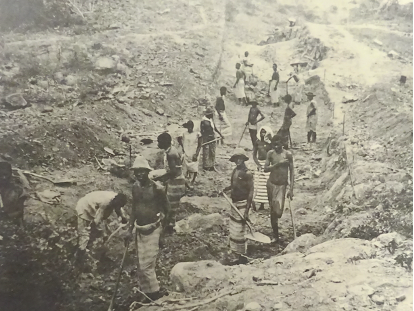Communication
Imperial companies and railways between Angola and Belgian Congo, 1910-1930
Event: T2M Annual Conference, Mobilities and Infrastructures: Transitions and Transformations
Author: Beatriz Serrazina
Date: 23 – 25 September 2024
Location: Leipzig, Germany


Summary
During early 20th century European colonialism in Africa, mining companies were set up as key vehicles for the exploitation and extraction of the interior regions. The colonial powers granted large concessions to these enterprises, giving them control over resources and trade in exchange for investment in infrastructure. Within the scope of these operations, railways played a pivotal role in facilitating the transport of trade and people, as well as establishing territorial connections. The expansion of these lines served the economic interests of both the colonial powers and the companies, while having a major weight on the landscape through the physical presence of the rails and the creation of new dynamics of mobility.
This presentation focused on the mining networks between Angola and the Belgian Congo, established under the auspices of the Societè Generále de Belgique, to question the wider and long-lasting socio-spatial implications of the construction of railway lines, considering the multiple agents and agendas involved. It explored the roles played by Union Minière du Haut Katanga, Forminière and Diamang in planning, building, and using railways between the two territories. These were complex and multifaceted connections, involving the railway routes’ layout – from the decauville lines for local transport to the trans imperial connections provided by the Benguela Railway between Katanga and Lobito –, the displacement and mobility of workers in the production of these infrastructures and through their use, the employment of new technologies and construction materials and the adaptation by local populations living near the lines.
Click here for more information.
Related Case Studies

